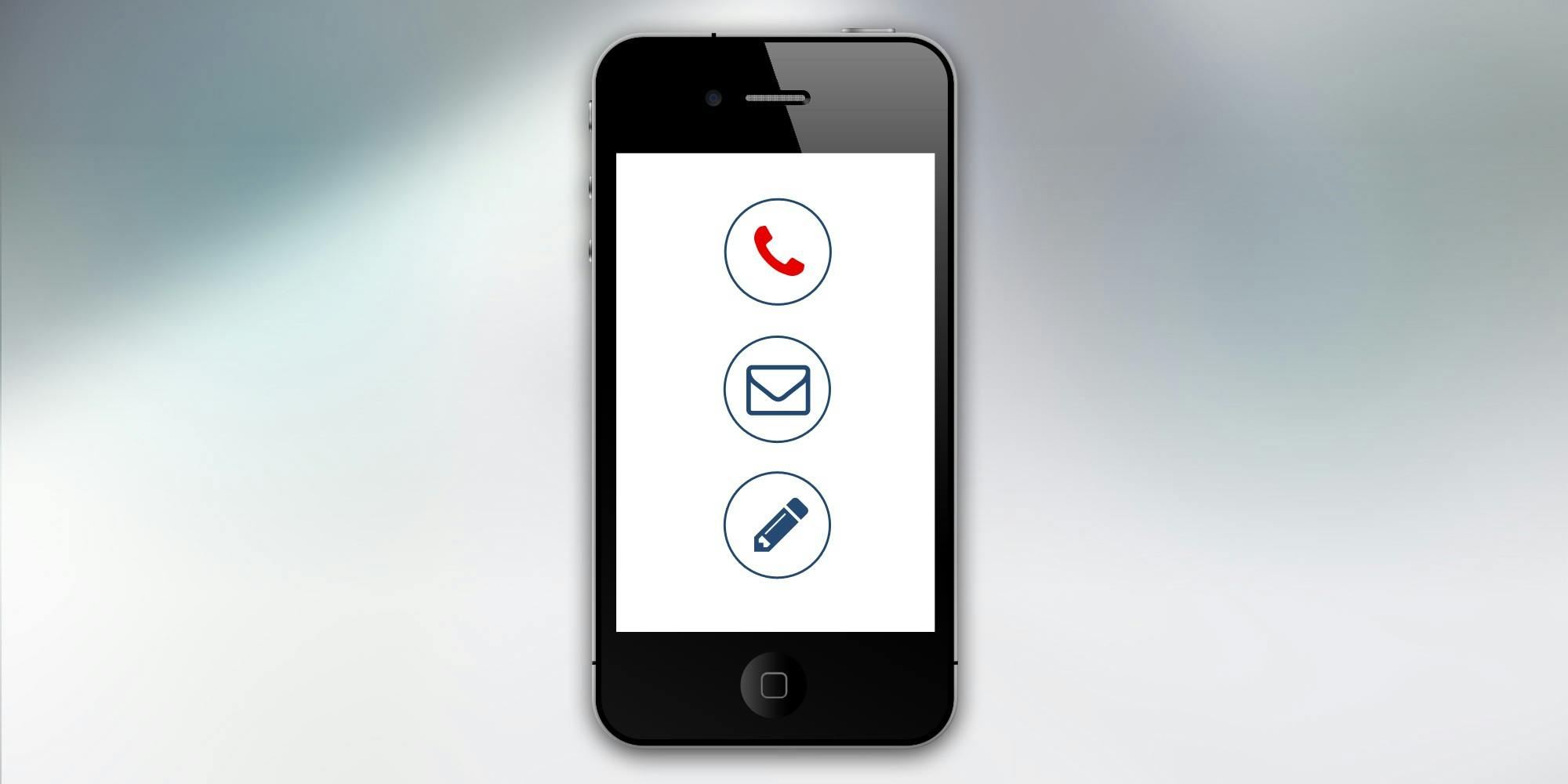Imagine an inbox where every email feels like it was crafted just for you—not simply by adding your name, but by understanding what you want, when you want it, and how you like to engage. Welcome to behavioral segmentation, the secret sauce powering personalized email journeys in 2025.

The Behavioral Segmentation Revolution
Forget demographics and guesswork. Today, marketers harness real behavioral data—clicks, site visits, purchase history, even abandoned cart actions—to segment audiences in ways that matter. As Forbes notes, behavioral segmentation enables brands to “send the right message to the right person at the right moment,” maximizing engagement and ROI.
Why Behavioral Segmentation Matters
Relevance Drives Results: Emails based on actions and preferences outperform generic blasts, leading to increased open and click-through rates.
Personalized Experiences: Recipients feel understood, not targeted, enhancing brand affinity and loyalty.
Optimized Campaigns: Real-time data enables marketers to adapt campaigns, improving conversion at every step.
Key Strategies for Behavioral Segmentation
1. Track and Tag Engagements
Mark every interaction using marketing automation—track opens, clicks, purchases, pageviews, and abandoned carts.
2. Create Dynamic Segments
Segment audiences not by age or location, but by behaviors:
Hot leads: Frequent clickers and recent purchasers
Browsers: Site visitors who haven’t converted
Dormant: No engagement in past 60 days
Cart abandoners: Added product, didn’t buy
3. Automate Email Journeys
Use automation to send:
- Personalized product recommendations
- Reminder emails for abandoned carts
- Feedback surveys after purchases
- Re-engagement sequences for inactive users
4. Test, Learn, Refine
Continuously test subject lines, offers, and timing for each segment. Forbes highlights the importance of ongoing experiment-driven optimization in behavioral campaigns.
Real-World Example
An online retailer tracks customers who click “Summer Sale” but don’t purchase. These users receive a dynamic follow-up email featuring relevant products and an exclusive discount. This timely, personalized approach regularly outperforms standard promotional sends.
Data Privacy and Ethical Targeting
In the post-Apple Mail Privacy Protection era, permission is paramount. Marketing leaders—including SHRM—stress that segmentation should respect consent and transparency, building trust rather than suspicion in 2025.
Practical Tips
Start Simple: Begin with basic behavioral triggers like signups and recent visits.
Leverage AI: Use predictive analytics to forecast the next best action for each segment.
Integrate Channels: Sync email segments with SMS, social ads, and website personalization for cohesive journeys.
Focus on Value: Every segmented email should add genuine value for the recipient.
Conclusion
Behavioral segmentation transforms email marketing from broadcast to conversation. By acting on real audience behaviors and preferences, brands can orchestrate personalized journeys that don’t just get noticed—they get results.
References
https://www.forbes.com/advisor/business/software/email-marketing-strategy/
https://www.forbes.com/councils/forbesbusinesscouncil/2024/07/22/the-power-of-personalization-crafting-tailored-marketing-campaigns-for-maximum-impact/

